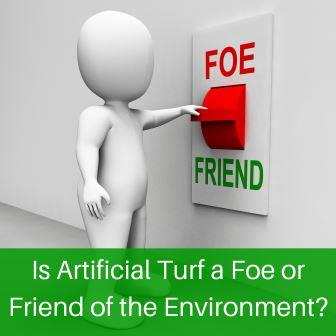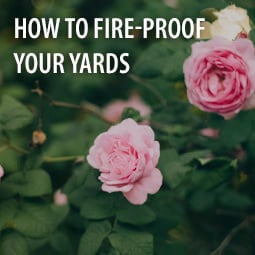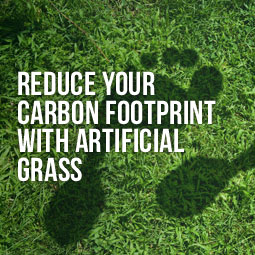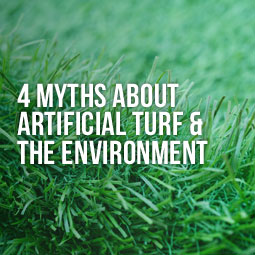 Since its introduction, environmental advocates have been concerned with how artificial turf would affect the area in which it was used. Not only were they worried about the materials used to manufacture it, they also wondered whether or not toxic components would be released into the air and soil due to exposure to the elements. Over the past few decades, artificial turf has proven to be quite safe for the environment. In fact, its benefits far outweigh any negative aspects that may be noted.
Since its introduction, environmental advocates have been concerned with how artificial turf would affect the area in which it was used. Not only were they worried about the materials used to manufacture it, they also wondered whether or not toxic components would be released into the air and soil due to exposure to the elements. Over the past few decades, artificial turf has proven to be quite safe for the environment. In fact, its benefits far outweigh any negative aspects that may be noted.
Saves Water
In states like California and Arizona, drought conditions can cause major problems for homeowners who are required to keep their lawns looking green and well kept. Many drought prone states have water conservation ordinances you must adhere to. Many neighborhoods require homeowners to keep their lawns in the best condition possible. This is almost impossible when state mandated water restrictions are in place. By installing artificial grass, a homeowner can not only comply with their neighborhood requirements, but will also save water by not having to hydrate their lawns.
No Herbicides
When artificial turf is installed there is no future need for harsh herbicides. Weeds cannot grow through the netting and weave of the synthetic blades of grass. No matter how many seeds fall onto the turf, none can reach the soil or remain viable long enough to take root and work its way back up through the turf. Weedkillers used on natural grass lawns will often absorb into the soil and eventually make their way down into the water supply. With artificial grass this does not happen.
No Toxic Fertilizers
Fertilizers are used to create a productive environment for grass to grow and thrive. Some fertilizers are extremely harsh chemicals and are dangerous to the environment. It has been proven that fertilizers used by farmers and orchards have ended up in streams, ponds and lakes causing an overgrowth of algae. This has upset the delicate balance and is known to kill fish and other aquatic creatures. Artificial turf stays beautiful all year round without the benefit of any type of fertilizers or “weed and feed” product.
Uses Recycled Materials
Artificial grass is made of a variety of materials. Nylon and other types of synthetic fibers are used in the creation of the turf itself. Old rubber tires are crumbled up to make the filler/cushion material that is laid prior to that of the turf. The crumb rubber filling offers a firm, but slightly flexible, cushion. While many people have shown concern over the use of the recycled rubber, tests have proven that they emit few questionable toxins into the environment. Using the crumb rubber tire filling helps the environment by keeping several hundred tires out of the landfill.
The Safety of Crumb Rubber
The Lower Canada College paid for an independent, French laboratory to evaluate the toxicity of the crumb rubber used in conjunction with artificial turf. The results produced by the highly sophisticated tests prove the filler is safe to be used in artificial turf playing fields frequented by both children and pets.
It's common knowledge that an artificial lawn requires little maintenance. While many people think of the savings in time and money, this also offers many benefits to the environment. A few of which include:
- No emissions from tractors, trimmers and other engine-powered pieces of equipment
- No lawn clippings to dispose of
- Less use of fossil fuels and petroleum products to maintain tractors and other pieces of equipment
- No electricity need to power electric trimmers
Protecting the environment is important. Synthetic turf has been proven time and again to be safe for the environment. It prevents the waste of vital natural resources and eliminates the need for the use of harsh, toxic chemicals that can affect the land and its inhabitants for miles around. While some may question how environmentally friendly synthetic turf is, the proof is in the results a homeowner achieves once an artificial lawn has been installed.











